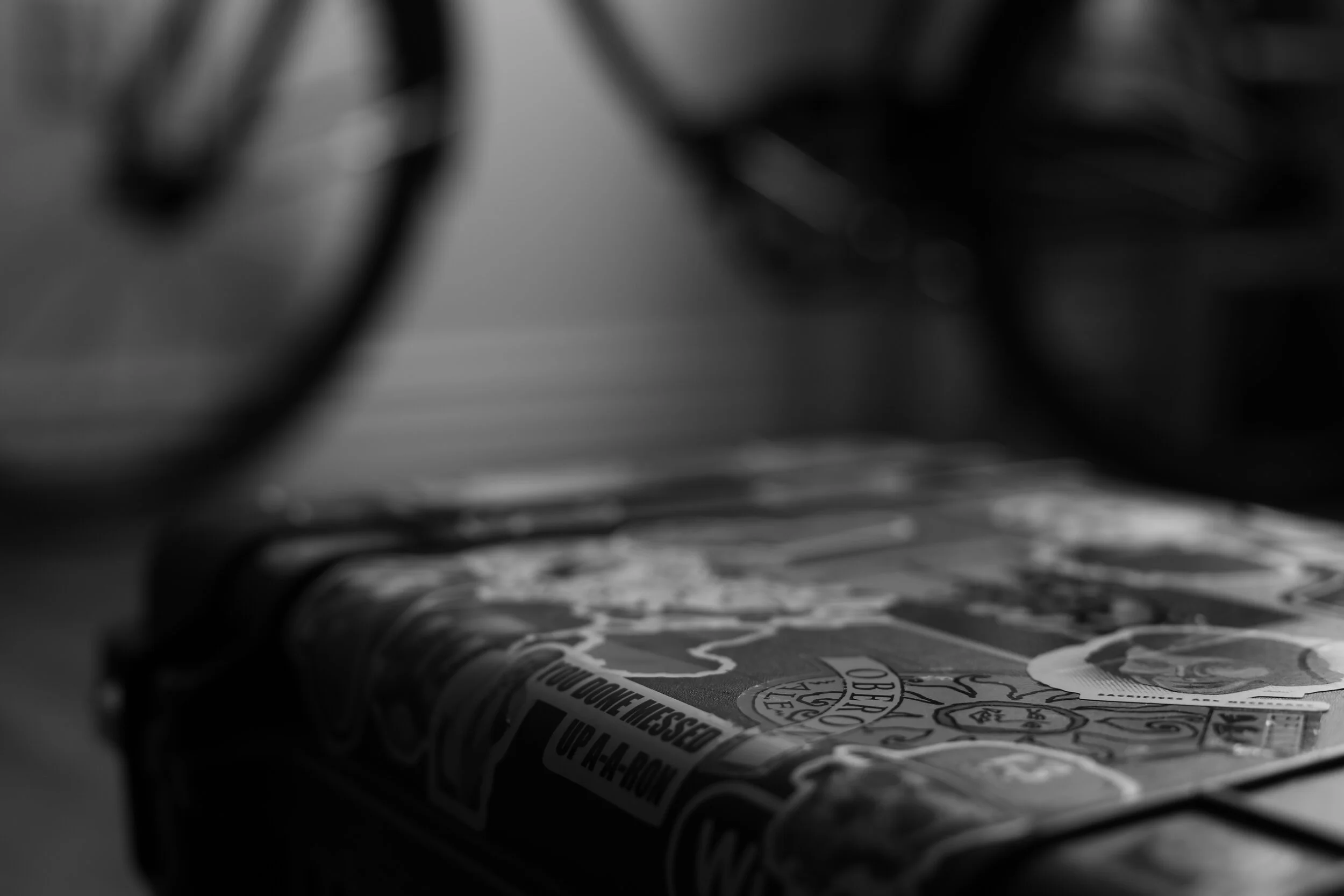Once color became the standard, a number of film stock varieties emerged in a short amount of time. These options presented filmmakers with a starting point for the way they wanted to utilize color to communicate mood in their films. While we see this intentionality in terms of creating mood, there is also the aspect of seeing how specific film stocks became associated with specific looks in cinema.
Read MoreTo sum up these terms; we can think of HUE as the specific color, VALUE as how bright the color is, and SATURATION as how intense the color presents itself. When thinking of how color is used in film, we'll rely heavily on these concepts of HUE, VALUE, and SATURATION as we explore how colors relate to each other and how these relationships can serve to create a visual style.
Read MoreAs with film's origin, many color relationships were ENCOUNTERED rather than INVENTED. Certainly, a good amount of work has been done to reinforce these concepts with an incredibly scientific approach, but our point here is that one doesn't have to have an advanced understanding of color to UNDERSTAND color. Color permeates our lives. We're green with envy, we seethe with a red-hot anger, we even sing the blues. A golden-warm sunset can elicit feelings of resolution, closure and legacy while the cold bleakness of a brisk blue dawn reminds us of the work ahead and the unforgiving beauty of isolation. We don't have to be told to remember these associations, they're formed before we even embrace language.
Read MoreThe standard definition of pacing is the rate at which a story is being told. However, I begin with the quote by Henry David Thoreau because in my studies I have found that pacing is a very subjective aspect of storytelling and specifically in this case, film viewing. A film that may seem to drag on to one person may feel like a "slow burn" to another and neither person would be wrong or right.
Read MoreOften, while shooting food photography you encounter a situation where the client wants to add rising steam to the image. Sometimes this can be achieved practically and if the timing and location are favorable it can look great in camera. However, you may encounter a situation where you will need to add steam to the image in post. Rather than simply finding a vectored image to overlay, digital steam effects can be achieved in a controllable, predictable way utilizing the following steps:
Read MoreSome of our most popular fashion work is easily replicated. The lighting style is very consistent and forgiving. As such, it remains a favorite year after year. While we often alternate with backlit and single light setups, the key elements remain the same. Our preferred approach is to use a strobe with a large parabolic umbrella and a diffusion modifier for the key source, a large v-flat as fill and (if needed) a hard back light (if desired).
Read MoreHeadshot photography is often discussed in terms of specific methods, but rarely explored in terms of approach. We've compiled some of our basic methods and tools in this guide with the hope it will be useful in creating headshots with personality.
Read MoreTed has sat in at the studio the last couple weeks, and even joined us on location for a artist interview and head-shot session at the Kendall School of Art and Design (blog coming soon). His wisdom of digital media and content production is only matched by his strategic mind and ability to demystify the art of client-to-agency relationships. Below are a few things we've picked up from Ted in our time together.
Read More








